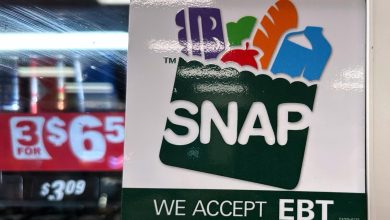Pizza Palace – Halal and Indian Food in Indianapolis: A Flavorful Fusion of Tradition and Taste
Experience authentic Halal Indian cuisine and delicious pizza under one roof at Pizza Palace on Michigan Road, Indianapolis — where every bite tells a story of spice, flavor, and culture.

Nestled at 7940 Michigan Rd #16, Indianapolis, IN 46268, Pizza Palace – Halal and Indian Food stands out as one of the city’s most beloved culinary spots for those craving both comforting pizzas and rich Indian flavors. With its fully Halal-certified menu, the restaurant caters to the growing Muslim community in Indianapolis and welcomes food lovers from all walks of life.
A Unique Blend: Indian Spice Meets Italian Comfort
What makes Pizza Palace special is its fusion of traditional Indian dishes with Western favorites. Guests can enjoy flavorful butter chicken, biryani, and samosas alongside freshly baked pizzas with unique toppings inspired by Indian spices — such as tandoori chicken, paneer tikka, and masala sauce.
This cross-cultural menu reflects the diverse and vibrant dining scene in north Indianapolis, where culinary traditions blend to create something truly distinctive.
Halal-Certified Freshness You Can Trust
For many Muslim families in Indiana, finding authentic Halal food options that don’t compromise on taste can be a challenge. Pizza Palace rises to that challenge with strict adherence to Halal preparation standards, ensuring every ingredient — from meats to sauces — meets religious dietary requirements.
The restaurant’s commitment to quality, freshness, and faith-based preparation has earned it a strong reputation within the Indianapolis Muslim community, as well as among students, professionals, and families seeking wholesome meals.
Family-Friendly Dining and Takeout Options
Pizza Palace is more than a restaurant — it’s a community hub. With family-style seating, friendly staff, and a welcoming atmosphere, it’s a perfect place for gatherings, celebrations, or casual dinners. The restaurant also offers fast takeout and delivery services, making it convenient for busy families and working professionals who want to enjoy Halal meals without sacrificing time or quality.
Why Locals Love Pizza Palace
-
Diverse Menu: From cheesy pizzas to aromatic curries.
-
Affordable Prices: Delicious meals that fit every budget.
-
Cultural Experience: A taste of both East and West.
-
Authentic Ingredients: Only fresh, Halal-certified products.
-
Convenient Location: Easily accessible near major Indianapolis neighborhoods.
Whether you’re in the mood for Indian comfort food or classic pizza night, Pizza Palace is the perfect culinary destination.
Contact Information
Address: 7940 Michigan Rd #16, Indianapolis, IN 46268
Phone: (317) 974-9041
Hours: Open daily for dine-in, takeout, and delivery



